The Peoples of the Jos Plateau, Nigeria
Extraits
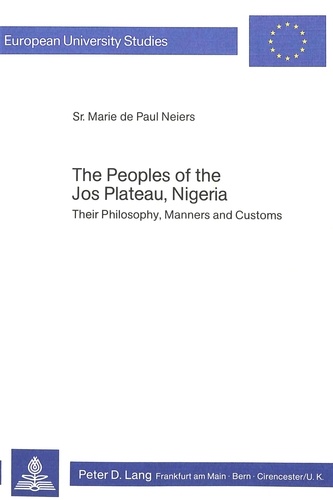
Non classé
The Peoples of the Jos Plateau, Nigeria
12/1979

Religion
A Study of Conversion Among The Angas of Plateau State of Nigeria With Emphasis on Christianity
01/1992
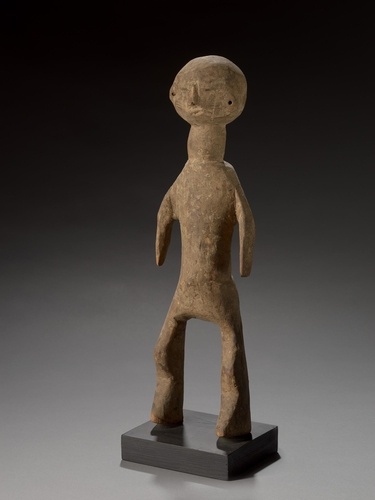
Monographies
Arts du Nigéria Central revisités. Mumuye et peuples environnants
05/2023

Sciences politiques
The Structure of Political Communication in the United Kingdom, the United States and the Federal Republic of Germany
11/1987

Non classé
Morality and Politics in Nigeria
07/1997
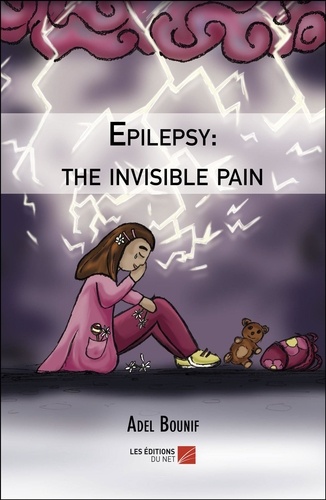
Poésie
Epilepsy: the invisible pain
01/2019
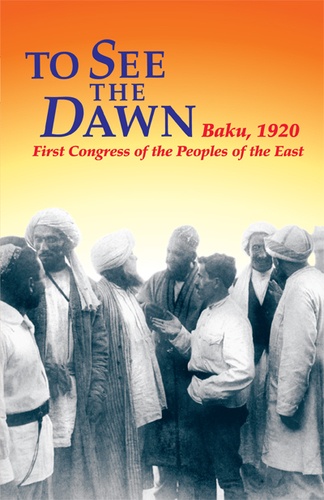
Histoire internationale
To See the Dawn. Baku, 1920 - First Congress of the Peoples of the East
12/1993
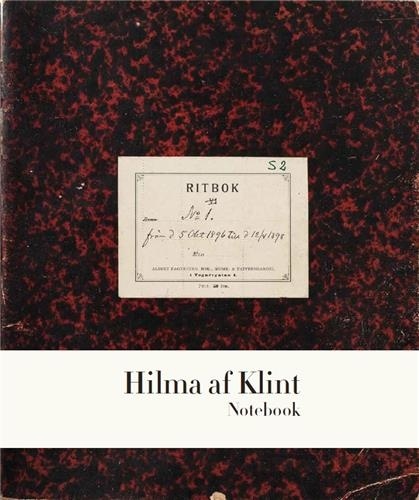
Monographies
Hilma af Klint. The Five Notebook 1
01/2022

Non classé
Ruling Class Men
02/2007

Lecture 6-9 ans
L'énigme du sabre. Edition bilingue français-anglais
06/2018
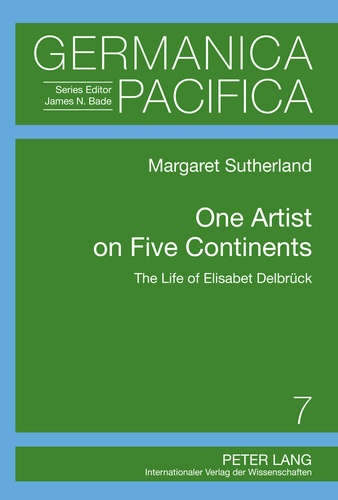
Histoire internationale
One Artist on Five Continents
12/2011

Tourisme étranger
Moroccan tracks Volume 11. The sagho djebel
08/2022
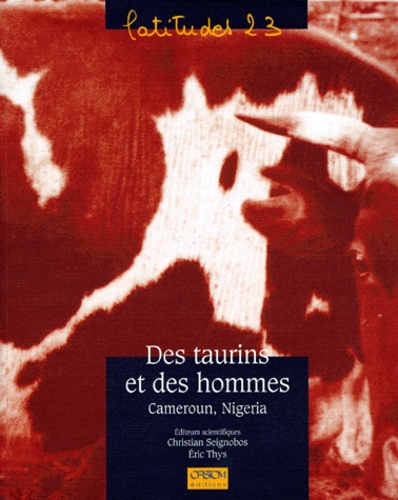
Ethnologie
Des taurins et des hommes. Cameroun, Nigeria
05/1998

Histoire et Philosophiesophie
The Undergrowth of Science. Delusion, self-deception and human frailty
01/2000
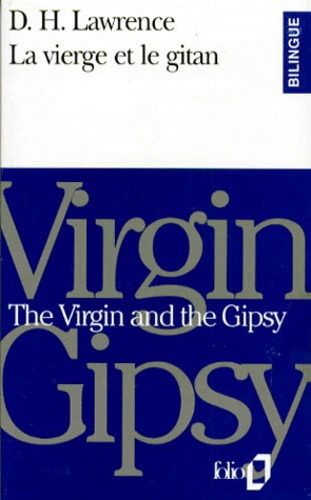
Anglais apprentissage
LA VIERGE ET LE GITAN : THE VIRGIN AND THE GIPSY
02/1993

Musique classique
Songs of Love. 12 Romances. 12 Lieder. Soprano (tenor) and piano.
12/2023

Non classé
The Concept of Man in Igbo Myths
11/1999

Philosophie
«Phädon», or «On the Immortality of the Soul»
12/2006

Histoire et Philosophiesophie
Thinking about Physics
01/2000
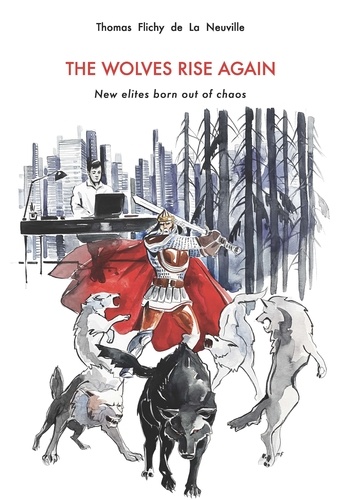
Ethnologie et anthropologie
The Wolves Rise Again. New elites born out of chaos
06/2022
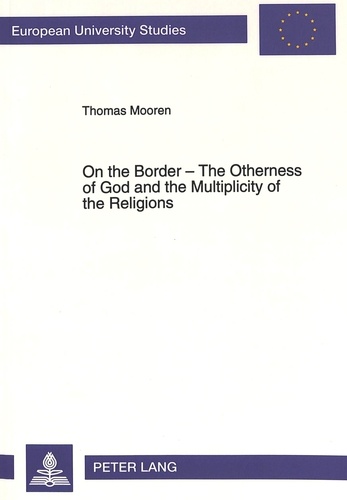
Histoire internationale
On the Border - The Otherness of God and the Multiplicity of the Religions
01/1994

Policiers
Goebius' Strange Model
01/2020
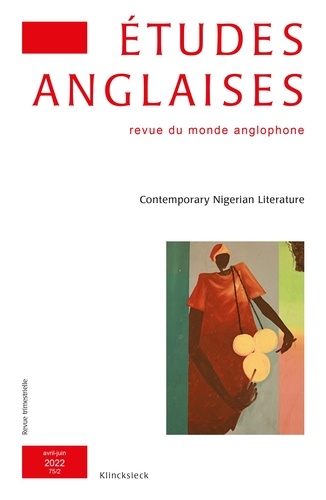
Critique littéraire
Etudes anglaises N° 2/2022 : Contemporary Nigerian literature
07/2022
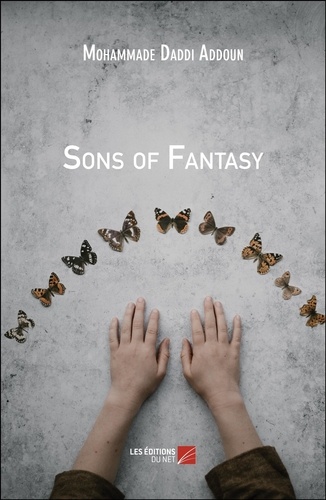
Littérature française
Sons of Fantasy
08/2018

Non classé
Experimental Social Dilemmas
12/1986

Littérature française
Les inventeurs. Essai
02/2017

Littérature française
My Ulster haven
02/2022

Beaux arts
New worlds
10/2012
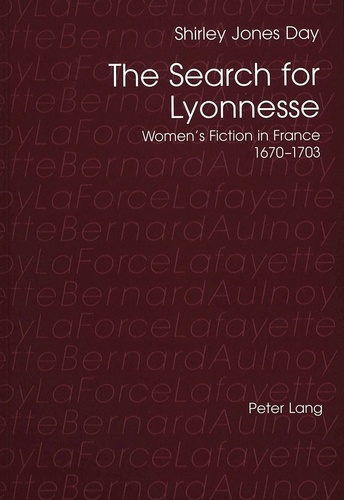
Non classé
The Search for Lyonnesse
07/1999
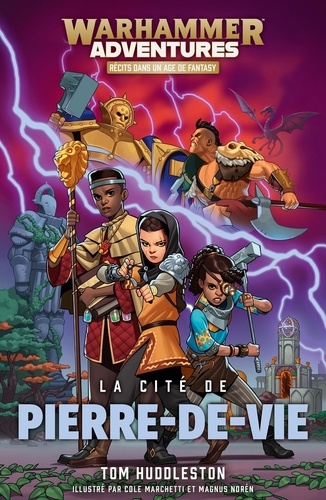
12 ans et +
Les 8 royaumes mortels Tome 1 : La cité de Pierre-de-Vie
06/2019

